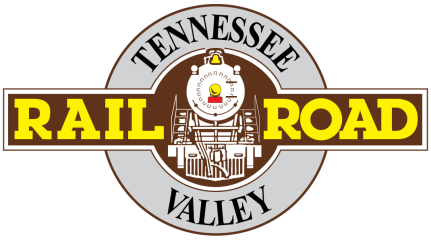The Legacy of Central of Georgia Railway 109: A Glimpse into Locomotive History
In the annals of American railway history, certain locomotives stand out not just for their engineering prowess but also for the stories they tell. One such locomotive is the Central of Georgia Railway 109, a machine that encapsulates the spirit of an era when rail was king.
Origins and Craftsmanship
Constructed by the American Locomotive Company, a name synonymous with quality and innovation, the 109 was birthed in September 1950. This RS-3 model was not a generic creation; it was tailored specifically for the Central of Georgia Railway, a testament to the railway’s significance in the transportation landscape of the time.
The 109’s heart, a V12 ALCO 244-D engine, was a marvel in its own right. With the capability to generate a staggering 1,600 horsepower, it was a force to be reckoned with on the tracks. This power not only ensured efficient transportation but also symbolized the might of American engineering during the mid-20th century.
A Pillar of Reliability
From the moment it was commissioned, the 109 quickly became an integral part of the Central of Georgia’s operations. For 17 years, it traversed the vast expanses of Georgia, becoming a familiar sight for many and earning a reputation for reliability. Its consistent performance made it a favorite among railway personnel and passengers alike.
Transition and Evolution
However, by December 1967, the winds of change began to blow. The East Tennessee & Western North Carolina Railroad recognized the 109’s value and decided to purchase it. With this acquisition, the locomotive was rechristened as number 210. But the 109 wasn’t alone in this transition; its sibling, the 108 model, was also part of this pivotal deal.
This transaction had broader implications for the Southern Railway. It facilitated the return of their iconic 630 and 722 models, which were then repurposed for special excursion trips. These journeys offered passengers a unique experience, allowing them to relive the golden age of rail travel.
Preservation and Legacy
Today, the legacy of the 109 is preserved at the Tennessee Valley Railroad Museum (TVRM). Here, it stands not just as a piece of machinery but as a symbol of a bygone era. The museum ensures that future generations can witness firsthand the craftsmanship and engineering marvel that is the 109.
Visitors to the TVRM can immerse themselves in the rich history of the locomotive, understanding its journey from being a workhorse of the Central of Georgia Railway to a cherished artifact of railway heritage. The 109’s story is a testament to the evolution of rail transport in America and the indomitable spirit of innovation that drove it.
Specifications:
Locomotive: Central of Georgia Railway 109
Locomotive Type: Diesel-Electric
Operators: Central of Georgia Railway, Southern Railway, East Tennessee & Western North Carolina Railroad, Tennessee Valley Railroad Museum
Model: RS-3
Builder: American Locomotive Company
Date Built: 1950
Locomotive Weight: 247,100 lb
Prime Mover: ALCO 244-D
Fuel: Diesel
Horsepower: 1,600 hp
Status: Stored Out of Service
